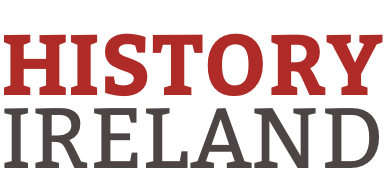Bray’s Turkish Baths
In the mid-nineteenth century a new kind of Turkish bath was pioneered in Ireland, one that on the Continent is still called the ‘Roman-Irish bath’. This Victorian ‘improved Turkish Bath’ was modelled on the Roman system and relied on a flow of dry rather than moist air in the series of progressively hotter rooms in … Read more
